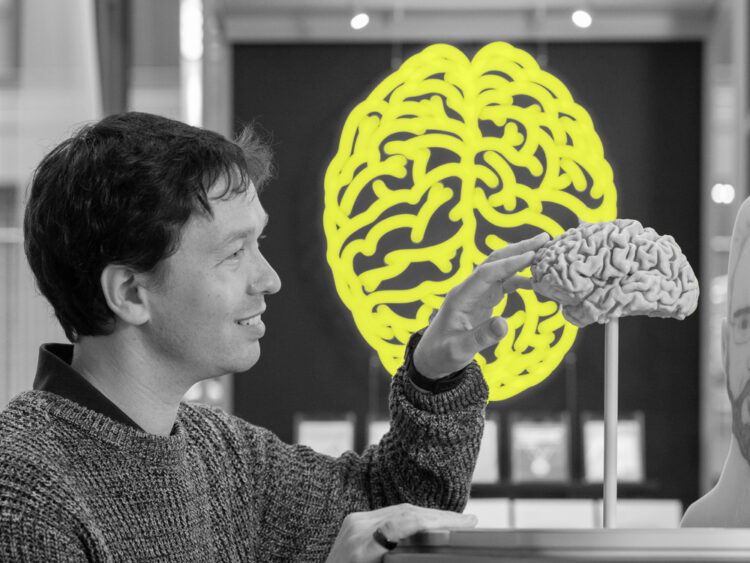Making complexity simple, in the most engaging way possible, is exactly what all good advertising should do. However, when the subject matter is not a beer, or tin of beans, but the workings of the brain, the challenge is somewhat harder. That’s just what I was facing with my latest brief from The Francis Crick Institute, which was launching a new science exhibition about the brain.
As a non-scientist, my work with the Crick always fills me with awe. Often the starting place for a marketing project has been in the lab itself, speaking to the scientists about their work. These conversations are usually hugely enjoyable for us both: the scientist has my undivided attention whilst they explain their obscure area of research, while I gain a rare insight into genome editing, metabolomics or engineering a microscope.
Just like in any marketing project, I’m looking for the key to the subject which will unlock the strategy and creative idea. This can be tricky at the Crick, where the subject can be so sophisticated that it is not always understood by the colleague working in the next lab, let alone by the average person on the street. Translating this into something that anyone can understand, and even enjoy, feels like marketing on steroids.
For my most recent project, the mission was clear: how to convince people that learning more about neuroscience would be a fun way to spend the afternoon? At the same time, how can the scientific content be presented with accuracy, whilst still being entertaining?
The focus of this particular exhibition was how the brain shapes our experience of the world, and how the brain is itself shaped by those experiences. As the brain remains the most mysterious and least-understood of our organs, the creative idea was centred on a riddle. I hope you enjoy the animation film that brought this idea to life.
We also took the campaign idea into the nearby St Pancras Station, with digital posters directing people to the exhibition, which just goes to show that when you have a brainwave, it can morph in any direction.
CREDITS: Idea & script – Julie Harris, Yellowfinch Marketing; Design – Rebecca Sadie May, Sadie May Studio; Animation – Martin Stacey, Easy Animal Studio; Voiceover – Mitchell Zhangazha; Client – Jo Rynhold, The Francis Crick Institute; Exhibition photography – Fiona Hanson.

